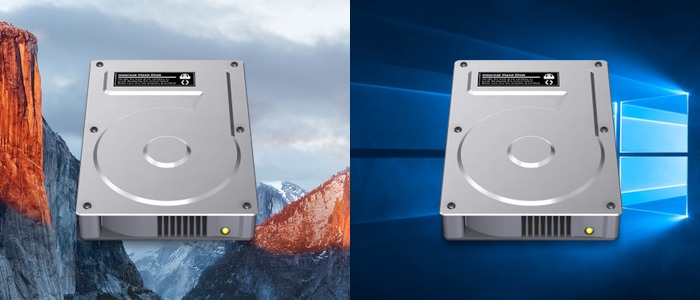

- #How to install clover bootloader on to hdd how to#
- #How to install clover bootloader on to hdd windows 7#
- #How to install clover bootloader on to hdd free#
Initialize the disk as GPT (because you must have a UEFI GRUB boot loader, since Clover works only with UEFI systems)Ĭreate a EFI 512MB partition formated FAT32 (VFAT)Ĭreate a ext4 xGB (in my case 50GB) / partition and flag it as bootĬreate a ext4 yGB (in my case 70GB) /homeīoot from linux (Manjaro) Installer USB stick The best way to have a Linux (in this case Manjaro) distro booted from Clover is to do the following. To get back to the story of installing Manjaro onto the GPT disk with UEFI GRUB.

#How to install clover bootloader on to hdd free#
find out info for the btrfs partition you want to shrink (which partition and size of min free and unallocated space on the partition).Well, I did it but I did not like the result! Anyway, to make a long story short, the only way to fit a larger btrfs partition into a smaller one, is to first shrink the btrfs filesystem.
#How to install clover bootloader on to hdd how to#
WRONG! Since the new disk was smaller and the /home partition was in btrfs filesystem, it took me two days to find out how to fit larger partitions into smaller partitions an especially the btrfs formatted partition. But since I had that spare 128GB SDD, I decided to transfer it to the faster disk.
#How to install clover bootloader on to hdd windows 7#
I had Manjaro Linux as a dual boot OS on a extended partition (/, swap, /home logical partitions) of a HDD together with an old Windows 7 distro.

Googling gives the point that MBR is simply outdated and slow relating to GPT.After spending a couple of days trying all sorts of combinations to install Manjaro on a spare 128GB SDD that I had laying around and have it boot from Clover (I have a Hackintosh, Sierra 10.12.6 on AMD FX-6300 CPU), I finally decided to do what was probably the proper solution. So, I ejected HDD in order to install Windows fully on SSD, but Windows Setup said that it has GPT partition style. Trying to repair Windows bootloader, I deleted GRUB and, in fact, neither drive has bootloader now. After rebooting, computer refused to start and redirected me to UEFI I was sure that boot partition migrated to SSD with Windows as well and clicked continue, than formated this new partition. To dynamic disk and computer won't be able to boot from this disk. Maintaining three partitions on HDD became pointless, and I decided to merge C and D in one ~900gb partition, but at some point disk management program (I believe it was Easeus product, can't remember now) said that if I want to extend C it should be converted Recently I acquired Samsung Evo 970 SSD and managed to move Windows to new drive (with two partitions, Windows at X:/ and other data on Z:/). Ubuntu was installed in UEFI mode and on every boot computer loaded to GRUB and asked which system it should I have Dell Inspiron 7566 with built-in Toshiba HDD which had three partitions: C:/ for Windows 10, U:/ for Ubuntu 18.04 and D:/ for other stuff.


 0 kommentar(er)
0 kommentar(er)
